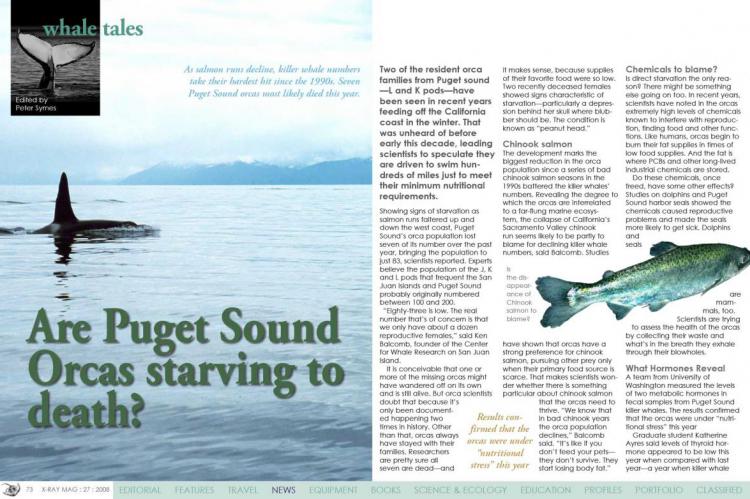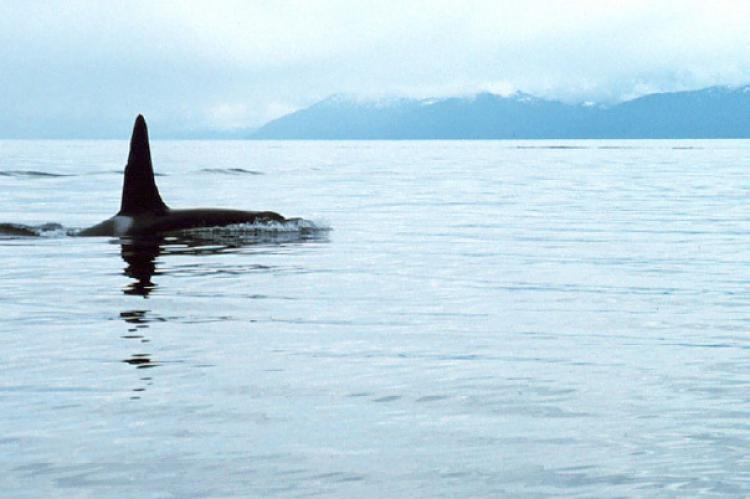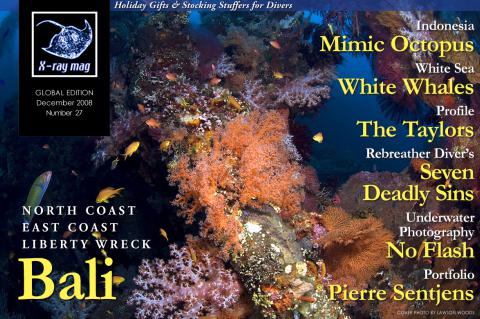Are Puget Sound Orcas starving to death?
Two of the resident orca families from Puget sound —L and K pods—have been seen in recent years feeding off the California coast in the winter. That was unheard of before early this decade, leading scientists to speculate they are driven to swim hundreds of miles just to meet their minimum nutritional requirements. Showing signs of starvation as salmon runs faltered up and down the west coast, Puget Sound’s orca population lost seven of its number over the past year, bringing the population to just 83, scientists reported. Experts believe the population of the J, K and L pods that frequent the San Juan Islands and Puget Sound probably originally numbered between 100 and 200.
Tags & Taxonomy
Experts believe the population of the J, K and L pods that frequent the San Juan Islands and Puget Sound probably originally numbered between 100 and 200.
“Eighty-three is low. The real number that’s of concern is that we only have about a dozen reproductive females,” said Ken Balcomb, founder of the Center for Whale Research on San Juan Island.
It is conceivable that one or more of the missing orcas might have wandered off on its own and is still alive. But orca scientists doubt that because it’s only been documented happening two times in history. Other than that, orcas always have stayed with their families. Researchers are pretty sure all seven are dead—and it makes sense, because supplies of their favorite food were so low.
Two recently deceased females showed signs characteristic of starvation—particularly a depression behind her skull where blubber should be. The condition is known as “peanut head.”
Chinook salmon
The development marks the biggest reduction in the orca population since a series of bad chinook salmon seasons in the 1990s battered the killer whales’ numbers.
Revealing the degree to which the orcas are interrelated to a far-flung marine ecosystem,the collapse of California’s Sacramento Valley chinook run seems likely to be partly to blame for declining killer whale numbers, said Balcomb. Studies have shown that orcas have a strong preference for chinook salmon, pursuing other prey only when their primary food source is scarce. That makes scientists wonder whether there is something particular about chinook salmon that the orcas need to thrive. “We know that in bad chinook years the orca population declines,” Balcomb said. “It’s like if you don’t feed your pets— they don’t survive. They start losing body fat.”
Chemicals to blame?
Is direct starvation the only reason? There might be something else going on too. In recent years, scientists have noted in the orcas extremely high levels of chemicals known to interfere with reproduction, finding food and other functions.
Like humans, orcas begin to burn their fat supplies in times of low food supplies. And the fat is where PCBs and other long-lived industrial chemicals are stored.
Do these chemicals, once freed, have some other effects? Studies on dolphins and Puget Sound harbor seals showed the chemicals caused reproductive problems and made the seals more likely to get sick. Dolphins and seals are mammals, too.
Scientists are trying to assess the health of the orcas by collecting their waste and what’s in the breath they exhale through their blowholes.
What Hormones Reveal
A team from University of Washington measured the levels of two metabolic hormones in fecal samples from Puget Sound killer whales. The results confirmed that the orcas were under “nutritional stress” this year.
Graduate student Katherine Ayres said levels of thyroid hormone appeared to be low this year when compared with last year—a year when killer whale ...
(...)
Download the full article ⬇︎

Originally published
X-Ray Mag #27
Bali revisited - a comprehensive followup by Scott Bennett, Lawson Woods, Andrea Ferrari and Don Silcock. Cedric Verdier explains the Seven Sins for rebreather divers. Andrey Bizyukin takes us to see the White Whales in the Russian Artic while Kurt Amsler shows us to photograph without flash. Mathias Carvalho interviews diving legends and eco-warriors Ron and Valerie Taylor. Are the Puget Sound Orcas starving, why are sharks capable of swimming so fast and where do the jellyfish invasions come from? If you are out of ideas for presents take a look in the Shopping section. Pierre Sentjens is this months featured artists.






























